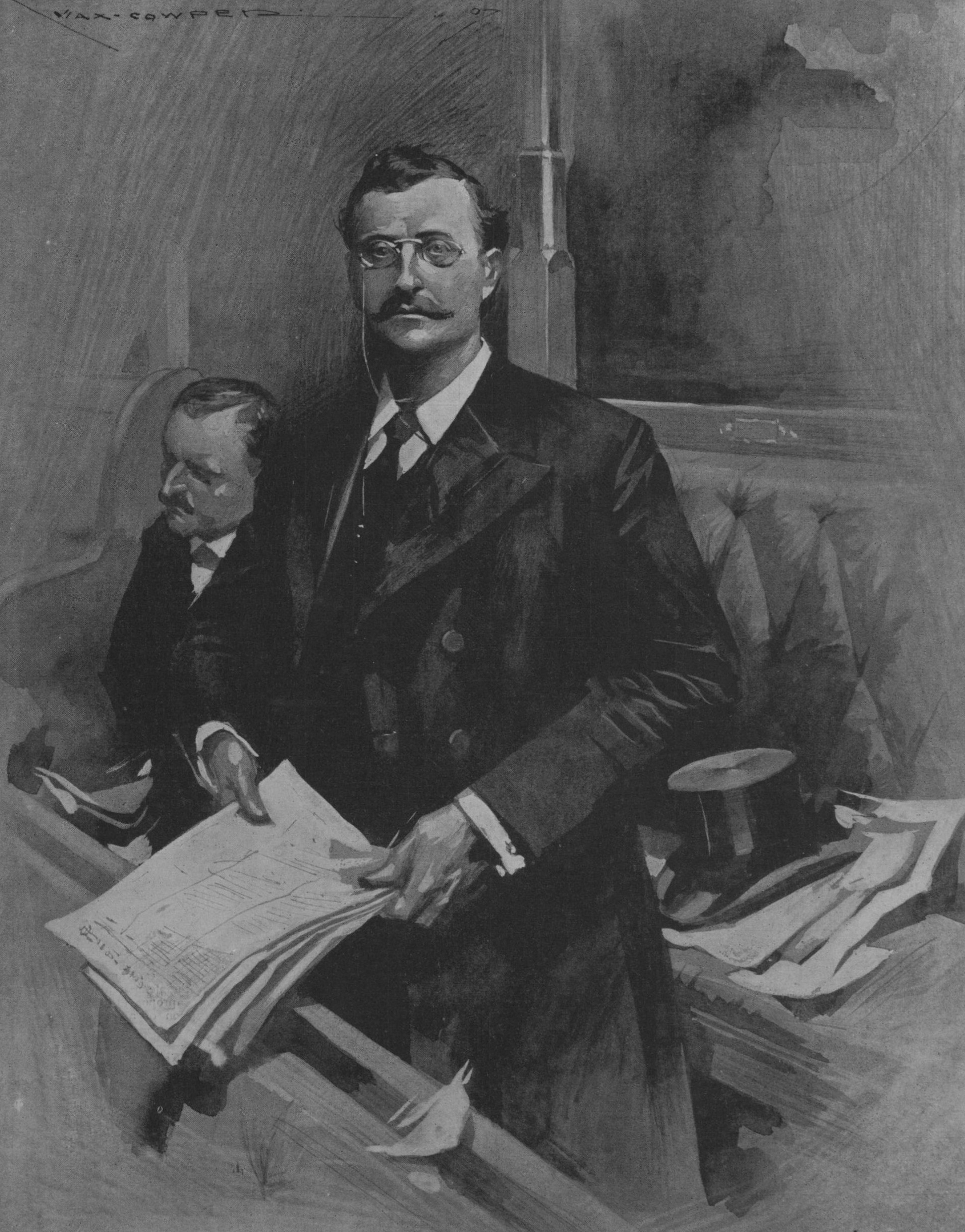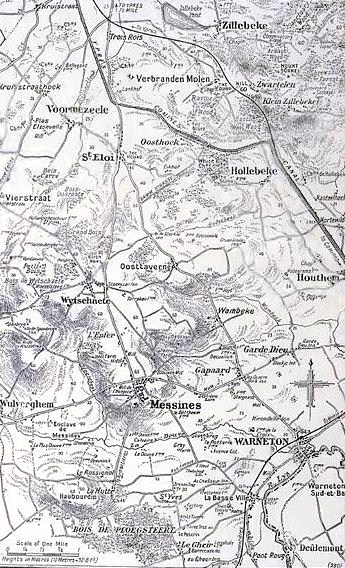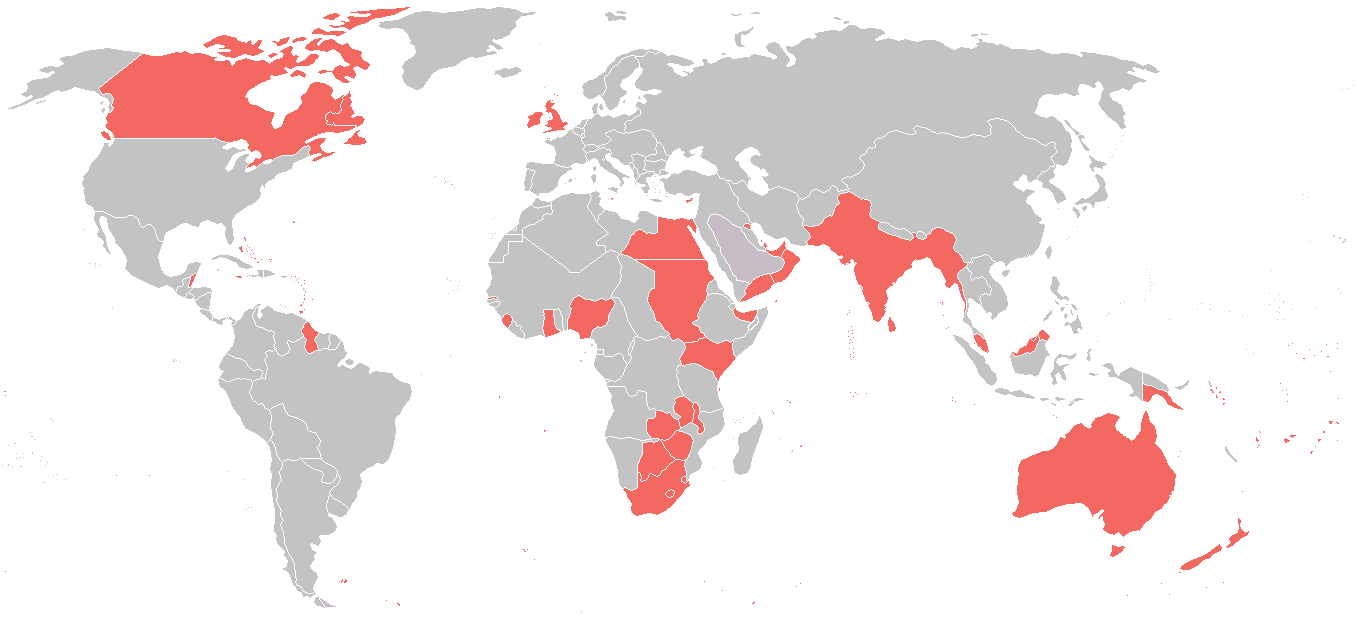|
Loker
Loker (also spelt ''Locre'') is a small village in the Belgian province of West Flanders, and a part ("deelgemeente") of the municipality of Heuvelland. For the major part of World War I, the city was controlled by the Allied Powers. A field hospital was located there and multiple war graves can also be found. Gallery Image:Loker, Heuvelland, Flanders.jpg, Saint Peter Church File:Major Willie Redmond grave, Loker, Belgium.jpg, Grave of Major Willie Redmond, killed during the Battle of Messines (1917) The Battle of Messines (7–14 June 1917) was an attack by the British Second Army (General Sir Herbert Plumer), on the Western Front, near the village of Messines ( Dutch: Mesen) in West Flanders, Belgium, during the First World War. The ... File:Locre N°10 Cem.2 1.JPG, Entrance to the Locre No.10 Cemetery References Populated places in West Flanders Heuvelland {{WestFlanders-geo-stub ... [...More Info...] [...Related Items...] OR: [Wikipedia] [Google] [Baidu] |
Heuvelland
Heuvelland () is a municipality located in the Belgian province of West Flanders. The municipality comprises the villages of Dranouter, Kemmel, De Klijte, Loker, Nieuwkerke, Westouter, Wijtschate and Wulvergem. Heuvelland is a thinly populated rural municipality, located between the small urban centres of Ypres and Poperinge and the metropolitan area of Kortrijk-Lille along the E17. On 1 January 2006 Heuvelland had a total population of 8,217. The total area is 94.24 km2 which gives a population density of 87 inhabitants per km2. The name ''heuvelland'' is Dutch meaning "hill country", as the municipality is characterized by the different hills on its territory. Geography Landscape The municipality is located in an area known as the West-Flemish Hills. The highest hill in Heuvelland is the Kemmelberg (154 m); followed by the Vidaigneberg (136 m), the Rodeberg (129 m), the Scherpenberg (125 m) and a lower hill in Wijtschate (82 m). On the border with France is th ... [...More Info...] [...Related Items...] OR: [Wikipedia] [Google] [Baidu] |
Willie Redmond
William Hoey Kearney Redmond (13 April 1861 – 7 June 1917) was an Irish Irish nationalism, nationalist politician who served as a Member of Parliament (United Kingdom), Member of Parliament (MP). He was also a lawyer and soldier Denman, Terence in: McGuire, James and Quinn, James (eds): ''Dictionary of Irish Biography'' From the Earliest Times to the Year 2002; Royal Irish Academy Vol. 8, Redmond, William Hoey Kearney ("Willie") pp.422-23; Cambridge University Press (2009) who was killed in action in Ireland and World War I, World War I. Family background He came from a Catholic gentry family of Norman descent long associated with County Wexford for seven centuries. His father, William Archer Redmond (1825–1880), William Redmond, was a Home Rule League, Home Rule Party Member of Parliament (United Kingdom), MP for Wexford Borough (UK Parliament constituency), Wexford Borough from 1872 to 1880 and was the nephew of the elder John Edward Redmond (1806–1865), John Edward R ... [...More Info...] [...Related Items...] OR: [Wikipedia] [Google] [Baidu] |
Locre No
Ferry de Locre ( Latinized Ferreolus Locrius) (1571–1614) was a historical and devotional writer from the County of Artois (then part of the Spanish Netherlands). Life Locre was born at Saint-Pol-sur-Ternoise, in the County of Artois, in 1571 and studied at Douai University under Joannes Miraeus. He became a member of the clergy and was appointed to the church of St Nicholas in Arras. He wrote a number of works, primarily historical, focusing mainly on the County of Artois. He died at Arras on 22 August 1614. Emile Van Arenbergh, "Locre, Ferry de", ''Biographie Nationale de Belgique''vol. 12(Brussels, 1893), 307-308. Publications *''Oratio funebris in exequiis Rev. D. Matthæi Moullartii, Atrebatum Episcopi'' (Arras, Guillaume de La Rivière, 1600) *''Prélature des Vierges sacrées, avec les Canons et les SS. Pères de l Eglise, où sont rapportez les rares faicts et exemples de plusieurs sainctes Abbesses, et signamment de celles qui ont régenté la Belgique'' (Arras, Guil ... [...More Info...] [...Related Items...] OR: [Wikipedia] [Google] [Baidu] |
Deelgemeente
A (, literally ''sub-municipality''), or section (), is a subdivision of a municipality in Belgium and, until March 2014, in the Netherlands as well. Belgium Each municipality in Belgium that existed as a separate entity on 1 January 1961 but no longer existed as such after 1 January 1977 as the result of a merger is considered a ''section'' or within most municipalities. In addition, the City of Brussels is also divided in four ''sections'' that correspond to the communes that existed before their merger in 1921. The term is used in Dutch and the term ''section'' in French to refer to such a subdivision of a municipality anywhere in Belgium, municipalities having been merged throughout the country in the 1970s. Herefor, ''sections'' or ''deelgemeenten'' usually were independent municipalities before the fusions in the 1970s. In French, the term ''section'' is sometimes confused with ''commune'' (for: municipality), especially in larger cities like Charleroi and Mons as ... [...More Info...] [...Related Items...] OR: [Wikipedia] [Google] [Baidu] |
World War I
World War I or the First World War (28 July 1914 – 11 November 1918), also known as the Great War, was a World war, global conflict between two coalitions: the Allies of World War I, Allies (or Entente) and the Central Powers. Fighting took place mainly in European theatre of World War I, Europe and the Middle Eastern theatre of World War I, Middle East, as well as in parts of African theatre of World War I, Africa and the Asian and Pacific theatre of World War I, Asia-Pacific, and in Europe was characterised by trench warfare; the widespread use of Artillery of World War I, artillery, machine guns, and Chemical weapons in World War I, chemical weapons (gas); and the introductions of Tanks in World War I, tanks and Aviation in World War I, aircraft. World War I was one of the List of wars by death toll, deadliest conflicts in history, resulting in an estimated World War I casualties, 10 million military dead and more than 20 million wounded, plus some 10 million civilian de ... [...More Info...] [...Related Items...] OR: [Wikipedia] [Google] [Baidu] |
Battle Of Messines (1917)
The Battle of Messines (7–14 June 1917) was an attack by the British Second Army (General Sir Herbert Plumer), on the Western Front, near the village of Messines ( Dutch: Mesen) in West Flanders, Belgium, during the First World War. The Nivelle Offensive in April and May had failed to achieve its more grandiose aims, had led to the demoralisation of French troops and confounded the Anglo-French strategy for 1917. The attack forced the Germans to move reserves to Flanders from the Arras and Aisne fronts, relieving pressure on the French. The British tactical objective was to capture the German defences on the ridge, which ran from Ploegsteert Wood (Plugstreet to the British) in the south, through Messines and Wytschaete to Mt Sorrel, depriving the German 4th Army of the high ground. The ridge gave commanding views of the British defences and back areas of Ypres to the north, from which the British intended to conduct the Northern Operation, an advance to Passchendaele ... [...More Info...] [...Related Items...] OR: [Wikipedia] [Google] [Baidu] |
War Graves
A war grave is a burial place for members of the armed forces or civilians who died during military campaigns or operations. Definition The term "war grave" does not only apply to graves: ships sunk during wartime are often considered to be war graves, as are military aircraft that crash into water; this is particularly true if crewmen perished inside the vehicle. Classification of a war grave is not limited to the occupier's death in combat but includes military personnel who die while in active service: for example, during the Crimean War, more military personnel died of disease than as a result of enemy action. A common difference between cemeteries of war graves and those of civilian peacetime graves is the uniformity of those interred. They generally died during a relatively short period, in a small geographic area and consist of service members from the few military units involved. When it comes to the two World Wars, the large number of casualties means that the war ... [...More Info...] [...Related Items...] OR: [Wikipedia] [Google] [Baidu] |
Field Hospital
A field hospital is a temporary hospital or mobile medical unit that takes care of casualties on-site before they can be safely transported to more permanent facilities. This term was initially used in military medicine (such as the Mobile Army Surgical Hospital or MASH), but it has also been used to describe alternate care sites used in disasters and other emergency situations. A field hospital is a medical staff with a mobile medical kit and, often, a wide tent-like shelter (at times an inflatable structure in modern usage) so that it can be readily set up near the source of casualties. In an urban environment, the field hospital is often established in an easily accessible and highly visible building (such as restaurants, schools, hotels and so on). In the case of an airborne structure, the mobile medical kit is often placed in a normalized container; the container itself is then used as shelter. A field hospital is generally larger than a temporary aid station but small ... [...More Info...] [...Related Items...] OR: [Wikipedia] [Google] [Baidu] |
Allies Of World War I
The Allies or the Entente (, ) was an international military coalition of countries led by the French Republic, the United Kingdom, the Russian Empire, the United States, the Kingdom of Italy, and the Empire of Japan against the Central Powers of the German Empire, Austria-Hungary, the Ottoman Empire, and the Kingdom of Bulgaria in World War I (1914–1918). By the end of the first decade of the 20th century, the major European powers were divided between the Triple Entente and the Triple Alliance. The Triple Entente was made up of the United Kingdom, France, and Russia. The Triple Alliance was originally composed of Germany, Austria–Hungary, and Italy, but Italy remained neutral in 1914. As the war progressed, each coalition added new members. Japan joined the Entente in 1914 and, despite proclaiming its neutrality at the beginning of the war, Italy also joined the Entente in 1915. The term "Allies" became more widely used than "Entente", although the United Kingdom, Fran ... [...More Info...] [...Related Items...] OR: [Wikipedia] [Google] [Baidu] |
West Flanders
West Flanders is the westernmost province of the Flemish Region, in Belgium. It is the only coastal Belgian province, facing the North Sea to the northwest. It has land borders with the Dutch province of Zeeland to the northeast, the Flemish province of East Flanders to the east, the Walloon province of Hainaut in the south and the French department of Nord to the west. Its capital is Bruges (''Brugge''). Other important cities are Kortrijk in the south and Ostend (''Oostende'') on the coast, Roeselare and Ypres (''Ieper''). The province has an area of which is divided into eight administrative districts (''arrondissementen'') containing 64 municipalities. As of January 2024, West Flanders has a population of over 1.22 million. The North Sea coast of Belgium, an important tourism destination, lies in West Flanders. A tram line runs the length of the coast, from De Panne on the French border to Knokke-Heist on the Dutch border. West Flanders has two seaports, the ... [...More Info...] [...Related Items...] OR: [Wikipedia] [Google] [Baidu] |
Deelgemeente
A (, literally ''sub-municipality''), or section (), is a subdivision of a municipality in Belgium and, until March 2014, in the Netherlands as well. Belgium Each municipality in Belgium that existed as a separate entity on 1 January 1961 but no longer existed as such after 1 January 1977 as the result of a merger is considered a ''section'' or within most municipalities. In addition, the City of Brussels is also divided in four ''sections'' that correspond to the communes that existed before their merger in 1921. The term is used in Dutch and the term ''section'' in French to refer to such a subdivision of a municipality anywhere in Belgium, municipalities having been merged throughout the country in the 1970s. Herefor, ''sections'' or ''deelgemeenten'' usually were independent municipalities before the fusions in the 1970s. In French, the term ''section'' is sometimes confused with ''commune'' (for: municipality), especially in larger cities like Charleroi and Mons as ... [...More Info...] [...Related Items...] OR: [Wikipedia] [Google] [Baidu] |
Belgium
Belgium, officially the Kingdom of Belgium, is a country in Northwestern Europe. Situated in a coastal lowland region known as the Low Countries, it is bordered by the Netherlands to the north, Germany to the east, Luxembourg to the southeast, France to the south, and the North Sea to the west. Belgium covers an area of and has a population of more than 11.8 million; its population density of ranks List of countries and dependencies by population density, 22nd in the world and Area and population of European countries, sixth in Europe. The capital and Metropolitan areas in Belgium, largest metropolitan region is City of Brussels, Brussels; other major cities are Antwerp, Ghent, Charleroi, Liège, Bruges, Namur, and Leuven. Belgium is a parliamentary system, parliamentary constitutional monarchy with a complex Federation, federal system structured on regional and linguistic grounds. The country is divided into three highly autonomous Communities, regions and language areas o ... [...More Info...] [...Related Items...] OR: [Wikipedia] [Google] [Baidu] |


